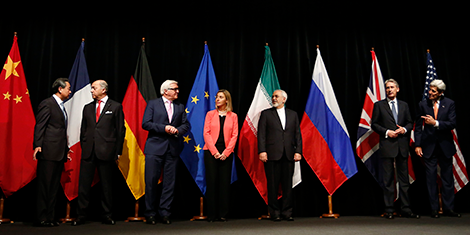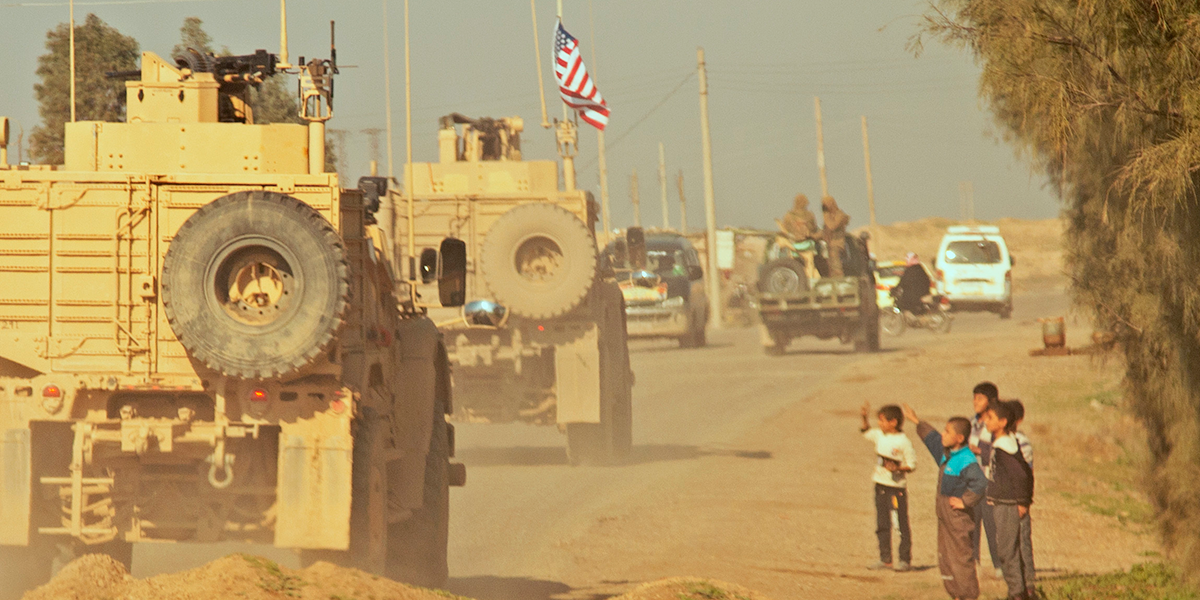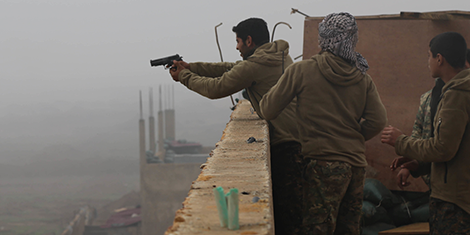
This article was originally published by the Istituto Affari Internazionali (IAI) on 28 March 2019.
The relevance of “continuities” in relation to the history of the region and its inhabitants has been evident throughout most of its millenary past, and from a wide range of different angles. For instance, the Epic of Gilgamesh (c. 2100 BCE), a literary product of Mesopotamia, encompasses a number of themes and motifs (including, among others, the flood myth adopted in the narrative of Noah’s ark) later included in the Bible and other religious books.







